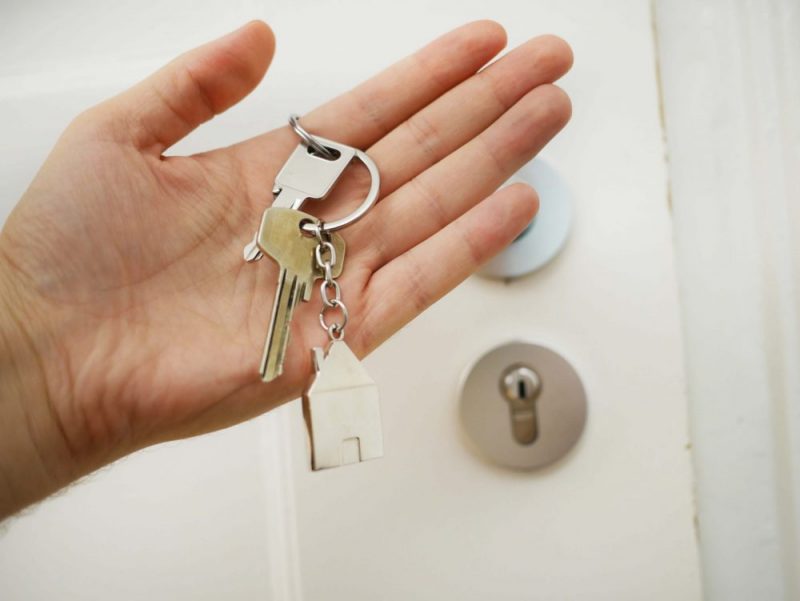What Is A Good ROI For Real Estate Investments?
When it really comes down to it, success in property investing is determined by one thing — return on investment, or ROI. Knowing what ROI is, how it’s calculated, where it comes from, and what a good ROI is, are all essential to your property investment education.
Having a thorough understanding of ROI and how to maximise your returns can be the difference between success and failure as a property investor.
What is ROI and how is it calculated?
Return on investment can be used to compare the gain or loss from an investment relative to the costs involved in owning the property. This is a common method for property investors to gauge how successful or unsuccessful an investment property may be.
To calculate your return on investment (ROI), you’ll need to subtract the initial value of the investment from the final value of the investment to find out the net profit. The net return is then divided by the cost of that investment, multiplied by 100 (as ROI is usually expressed in percentage terms).
For example, if your net profit on an investment is $150 and costs associated with it is $100, then your ROI is 150%.
To calculate ROI on property investment , you’ll need to follow the steps below:
- Calculating annual rental income.
- Adding up all expenses involved in owning the property (maintenance, fees, rates etc.)
- Subtract these costs from your annual rental income. This is considered your ‘cash flow.’
- To determine your net income, also add your equity build to your cash flow
- Divide your net income by your total investment cost to determine your real estate return on investment.
- Multiply it by 100 to get your ROI percentage rate.
Where does return come from?
There are two areas to focus on when it comes to maximising your ROI: capital growth and rental yield.
Capital growth is an increase in the value of an asset. It’s measured by the current value of the property compared to the price you paid for it.
If you buy a property worth $500,000 and 5 years later the value has increased to $750,000, you have a capital growth of 50% overall, or 8.44% per annum. However, if the asset declines in value, you can have a negative return.
The second area to focus on when it comes to ROI is rental yield. This is the amount you receive each year from the tenant in rent and is measured as a percentage of the overall property.
The amount your tenant is paying is called ‘gross rental yield,’ while ‘net rental yield’ is the money you obtain once all costs have been deducted (maintenance, utilities, insurance, management etc.). For example, if there is a property worth $500,000 and the tenant is paying $30,000 a year in rent, the gross rental yield is 6%. If the owner then pays $10,000 in costs per year, the net rental yield is 4%.
So now that you know what ROI is, how it’s calculated, and where it comes from, let’s look at what ROI you should be expecting from your property investment.
What is a good ROI for investment property?
Answering ‘what is a good ROI in real estate’ can be difficult. However, The ASX and Russell Investment’s Long-Term Investing Report determined that the average return on investment property in Australia from residential property from 1995-2015 was 10.5% per annum.
Generally speaking, a good ROI for a rental property is usually above 10%, but 5-10% is also an acceptable range, while a low ROI is anywhere between 2-4%. Remember, a property is a growth asset, meaning that it’s important to be comfortable with outperforming the rate of inflation over the long-term.
There is always the risk of negative returns due to capital losses, if only held for the short-term.
Commercial property return on investment is generally higher than residential properties as well. This is mainly due to the differences found in the lease agreement, as leases for commercial property agreements run for multiple years and rental payments from tenants are much higher than residential payments.
At the end of the day, there is a lot to consider when it comes to achieving a good ROI in property investment. Calculating ROI and maximising return potential can be difficult, even for experienced investors.
Of course, educating yourself and having ROI targets in mind is critical, as the return on your investment will be the difference between success and failure as a property investor. For those looking to fast-track this learning phase, there is a wealth of resources at your disposal, which can help you understand methods to maximise your returns.
Check out the Property Investment Accelerator Review for insight into an investment course that can help you understand and maximise ROI.
PREVIOUS
Do You Need a Property Investment Course To...

 PK Gupta
PK Gupta







